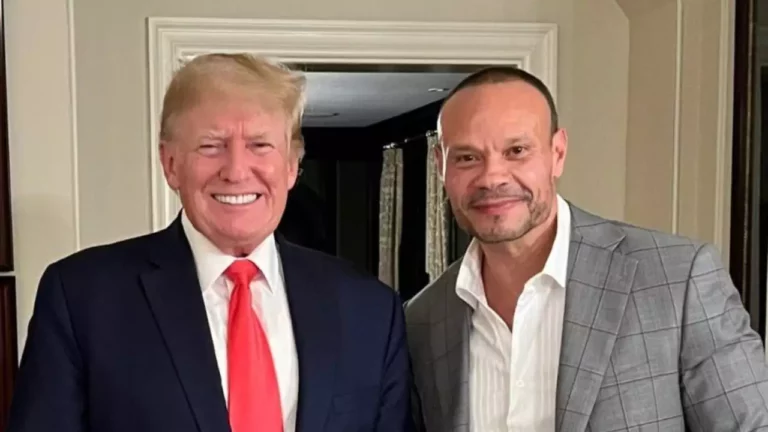 US regulators directed five of the country’s biggest banks, including Bank of America Corp and Goldman Sachs Group Inc, to develop plans for staving off collapse if they faced serious problems, emphasizing that the banks could not count on government help.
US regulators directed five of the country’s biggest banks, including Bank of America Corp and Goldman Sachs Group Inc, to develop plans for staving off collapse if they faced serious problems, emphasizing that the banks could not count on government help.
The two-year-old program, which has been largely secret until now, is in addition to the “living wills” the banks crafted to help regulators dismantle them if they actually do fail. It shows how hard regulators are working to ensure that banks have plans for worst-case scenarios and can act rationally in times of distress.
Officials like Lehman Brothers former Chief Executive Dick Fuld have been criticized for having been too hesitant to take bold steps to solve their banks’ problems during the financial crisis.
According to documents obtained by Reuters, the Federal Reserve and the US Office of the Comptroller of the Currency first directed five banks – which also include Citigroup Inc,, Morgan Stanley and JPMorgan Chase & Co – to come up with these “recovery plans” in May 2010.
They told banks to consider drastic efforts to prevent failure in times of distress, including selling off businesses, finding other funding sources if regular borrowing markets shut them out, and reducing risk. The plans must be feasible to execute within three to six months, and banks were to “make no assumption of extraordinary support from the public sector,” according to the documents.











One Response
We could go back to the old system for dealing with banks that “are in trouble.” They would cancel the stock, seize the managers assets, pay off the insured desposits, and distribute what is left to the bond holders. No need for public funds.
If bankers want access to government money, they should work for the government (the only difference is salary is the decimal point).